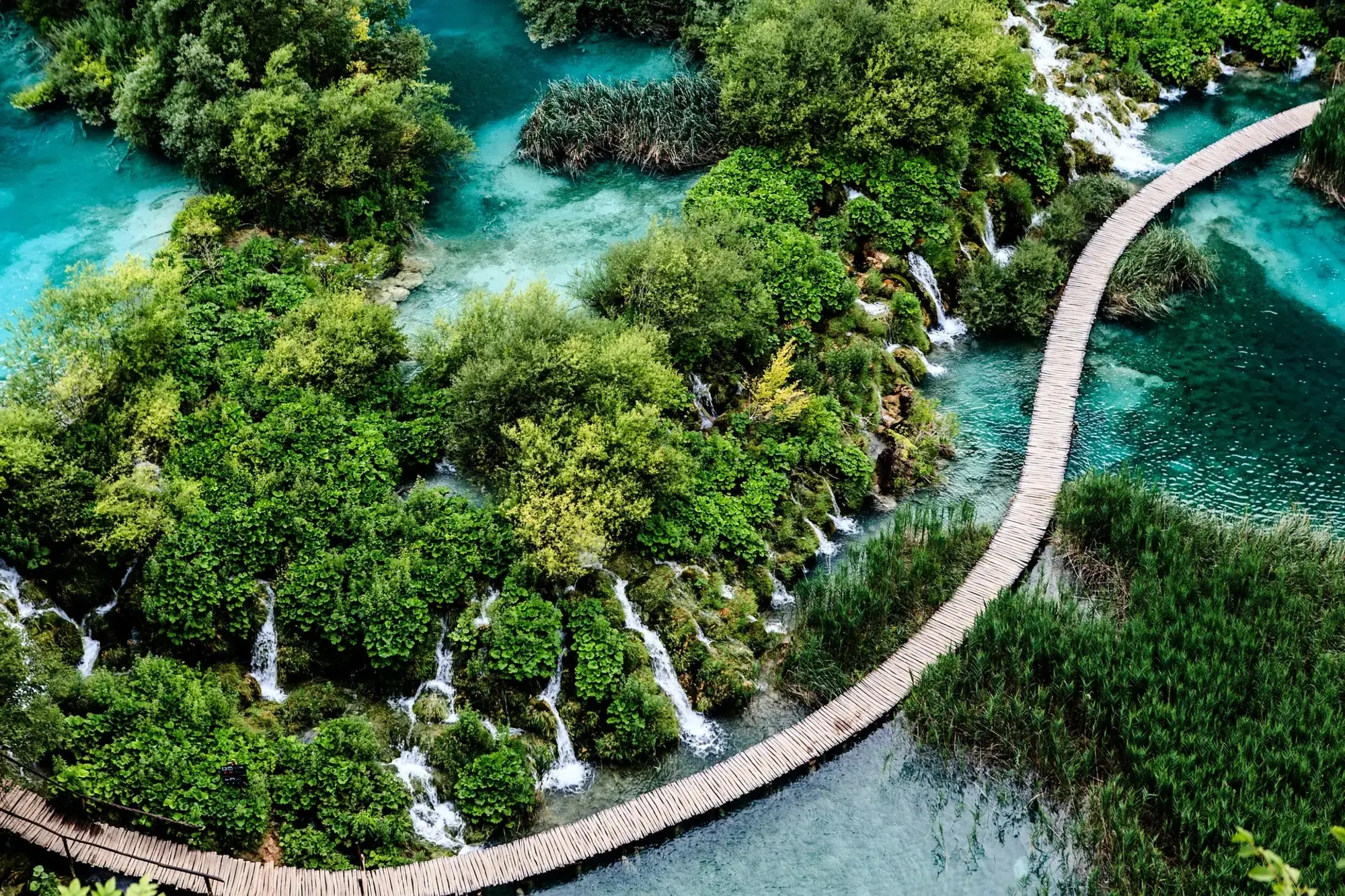Europe
Croatia
Croatia is known for its stunning coastline with picturesque islands and turquoise waters, historic cities with ancient fortresses, and incredibly delicious local cuisine. It's a perfect destination for both relaxation and active holiday, offering various water sports, hiking, cycling, and wine tasting experiences. Visitors are also attracted by local festivals, diverse nightlife, and the warmth of the locals.
Frequently asked questions

Split
Split, the Mediterranean paradise, is Croatia’s second-largest city. Known for its beach vibes and vibrant nightlife, it’s also significant for its history and architecture. Walk through the ancient Roman structures in Diocletian's Palace, soak in the golden sun on Bacvice Beach, or ascent to Marjan Hill for a stunning panoramic view of Split.

Zadar
Zadar, a city on Croatia's Dalmatian coast, is known for the Roman and Venetian ruins of its peninsular Old Town. With its beautiful seafront, charming promenade, unique attractions like the Sea Organ and the Greeting to the Sun, Zadar is the perfect blend of ancient and modern.
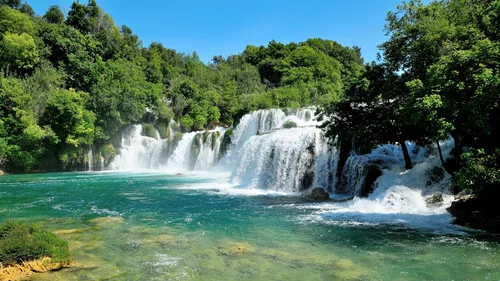
Krka National Park
Krka National Park is one of the Croatian protected areas, named after the river Krka that it encloses. It is located not far from the city of Šibenik. Krka National Park is a vast and primarily unaltered area of exceptional natural value which includes one or more preserved ecosystems. It is famous for its lakes and waterfalls.
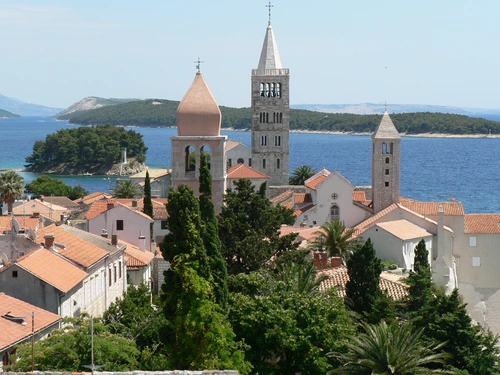
Island Rab
Rab is a Croatian island in the northern Adriatic Sea, known for its 4 bell towers and beautiful beaches. Old Town Rab, the island’s hub, is home to medieval walls, Romanesque churches and palaces. The island boast beautiful views and a rich history.

Primosten
Primosten is a small town located in central Dalmatia, Croatia. Known for its large and beautiful beaches, Primosten is a popular tourist destination. The city is characterized by its narrow medieval streets, stone houses, and the St. George Church located on the hill that offers breathtaking views of the surroundings.
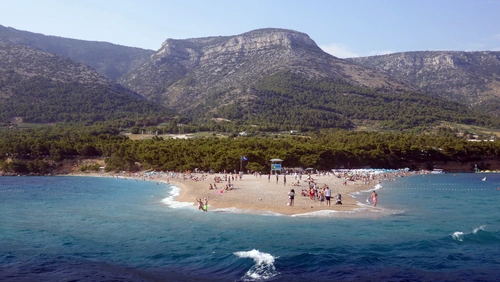
Brac
Brac is the largest island in central Dalmatia, with the charming town of Supetar as its capital. Known for its olive groves, vineyards and famous white stone, which was used in the construction of the Diocletian's Palace in Split and the White House in Washington D.C. It's famous for the beautiful Zlatni Rat, a stunning pebble beach that shifts with the currents of the sea.

Island Pag
Pag is a Croatian island in the northern Adriatic Sea known for its barren, moonlike landscape, lace production, and Pag cheese. The smoky, hard cheese is produced from the milk of local sheep that graze on salty, windswept coastal pastures.

Krk Island
The Island of Krk is a Croatian island in the northern Adriatic Sea, located near Rijeka. It's known for its mild climate, good geographic position and diverse natural and cultural beauty. Notable towns on the island include Krk, Omisalj, Malinska, Punat, and Baska. Points of interest include the Cathedral of the Assumption and Frankopan Castle in the town of Krk, Biserujka Cave, and the scattered islets of Plavnik and Prvic.
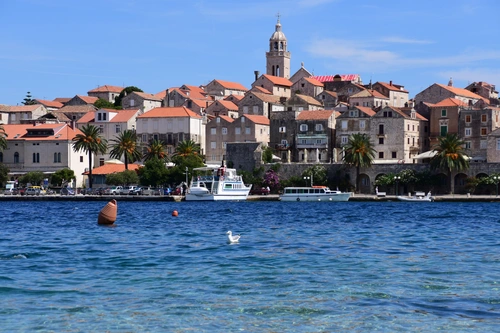
Korcula
Korcula is a small island laced with beautiful vineyards and olive groves located in the Adriatic Sea along Croatia's Dalmatian Coast. It is famous for its white wine and dramatic, unspoiled beaches and bays. Home to a historic walled town bearing the same name, Korcula Town is known for its Venetian-inspired architecture.

Plitvice Lakes
Plitvice Lakes National Park is a 295-sq.-km forest reserve in central Croatia. It's known for a chain of 16 terraced lakes, joined by waterfalls, that extend into a limestone canyon. Walkways and hiking trails wind around and across the water, and a Lake Kozjak ferry links the upper and lower lakes. The latter are the site of Veliki Slap, a 78m-high waterfall.
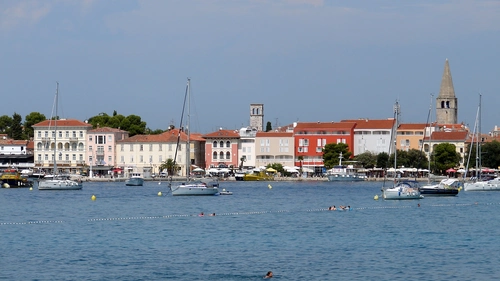
Poreč
Poreč is a popular summer resort on the coast of the Istrian Peninsula in western Croatia. Known for its UNESCO World heritage Euphrasian Basilica, a cathedral complex that dates back to the 6th century. Poreč is also known for its preserved Romanesque architecture and beautiful beaches.

Kornati
Kornati is an archipelago in the Adriatic Sea, Croatia. They’re known for their scenic beauty and the unique geomorphology. Maritime areas are home to rich marine, plant life and are known for their azure crystal-clear waters. It's a paradise for boating enthusiasts and nature lovers.

Omis
It's a small town and port in the Dalmatia region of Croatia. Set between the Adriatic Sea and the Cetina River, Omiš is known for its beaches, historic buildings, and a lively summer festival. It's also a hub for adventure activities like rafting and canyoning, making it an exciting holiday destination for those with a sense of adventure.

Island Hvar
Hvar is a Croatian island in the Adriatic Sea. The island measures around 80 km and is noted for its lush landscape, boasting lavender fields, olive groves, and vineyards. It's considered one of the most beautiful islands in the world. Its rich history and culture make it an interesting and attractive tourist destination.

Rovinj
Rovinj is a Croatian fishing port on the west coast of the Istrian peninsula. The old town stands on a headland, with houses tightly crowded down to the seafront. A tangle of cobbled streets leads to the hilltop church of St. Euphemia, whose towering steeple dominates the skyline. South of the old town is Lone Bay, one of the area’s pebble beaches. The Rovinj archipelago’s 14 islands lie immediately off the mainland.
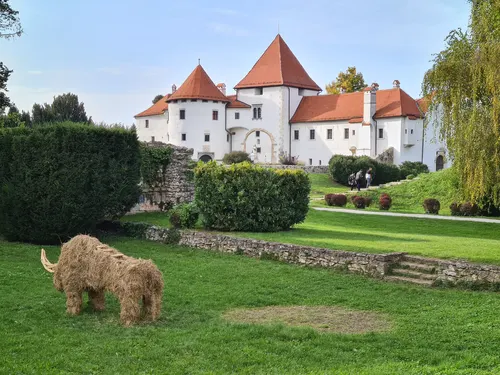
Varazdin
Varazdin is a charming town rich in Baroque architecture, situated in the northwestern region of Croatia. This compact, pedestrian-friendly town is often overlooked by visitors rushing to the Dalmatian Coast. However, its beautifully preserved historic district, full of ornate churches and elegant palaces, deserves much more attention. The city is known as 'Little Vienna' for its similar architectural style and sophisticated atmosphere.

Osijek
Osijek is the fourth largest city in Croatia, located on the right bank of the Drava River. The city boasts a unique charm and history, with significant architectural landmarks, alongside beautiful parks perfect for relaxation and leisurely walks. It is also known for its gastronomy, featuring local Slavonian cuisine.

Dubrovnik
Dubrovnik, known as 'the Pearl of the Adriatic', is a stunning Croatian city on the Adriatic Sea coast. It's a must-see destination famed for its beautiful Old Town, which is a UNESCO World Heritage Site, impressive city walls, and vibrant nightlife. With a unique blend of historical significance and natural beauty, it's an ideal spot for sightseeing, relaxing and entertainment.

Makarska
Makarska is a port town on Croatia's Dalmatian coast, known for its Makarska Riviera beaches, seafront promenade and nightlife. On a small bay between wooded headlands, the old town centers on Kačić Square. Ferries connect the port to nearby Brač island. To the east towers the rugged Mt Biokovo, a nature reserve home to golden eagles and Balkan chamois, with hairpin roads up to Sveti Jure’s summit.
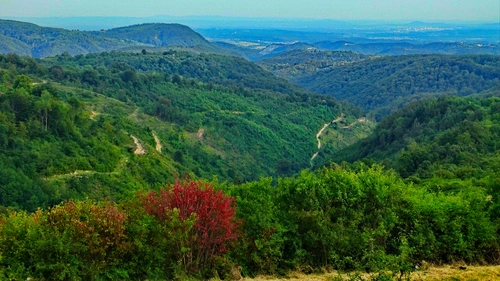
Zumberak
Žumberak, also known as the Žumberak Mountains, is a range on the border of Slovenia and Croatia. It is a lush green oasis of tranquility, offering beautiful views, and is rich in flora and fauna. The area is ideal for lovers of outdoor activities - such as hiking, cycling, and bird watching, and consists of several small villages, adding a touch of local character.

Sibenik
Sibenik, fondly referred to as a pearl of the Adriatic sea, is a historic city in Croatia located along the stunning Dalmatian Coast. It boasts of a rich history with fantastic architecture, and is best known for its UNESCO Heritage Site - The Cathedral of St. James. Sibenik's old town is a charmer with its labyrinth of narrow, winding streets, stone houses, and countless staircases.

Trogir
Trogir is a historic town and harbour on the Adriatic coast in Split-Dalmatia County, Croatia. It's known for its mix of Renaissance, baroque and Romanesque buildings. The town's medieval core, surrounded by walls, consists of a preserved castle, tower and a series of dwellings and palaces from the Romanesque, Gothic, Renaissance and Baroque periods.

Zagreb
Zagreb, the capital of Croatia, offers a medieval old town, Gothic cathedrals, and a number of museums. The city is also famous for its Christmas market which is considered one of the most beautiful in Europe

Pula
Pula is a city on the Istrian Peninsula in Croatia known for its Roman monuments, including a well-preserved amphitheatre. It offers a rich cultural program including film, music and dance festivals. The location breathing with culture offers beaches, crystal clear sea and sunny weather making it a perfect holiday destination.

Brijuni
Brijuni is a group of fourteen small islands in the Croatian part of the northern Adriatic Sea, separated from the west coast of the Istrian peninsula. It's known for its beautiful landscapes, historical monuments and rich flora and fauna. A unique blend of cultural and historical heritage, Brijuni is a true nature's haven and a perfect getaway for everyone who appreciates tranquility and untouched nature.

Cres
The island of Cres is a part of the Cres-Lošinj archipelago located in the northern part of the Adriatic Sea. It is the island of untouched nature, diverse flora and fauna, beautiful beaches and coves, and rich cultural and historical heritage.

Petrova
Petrova is a small village located in the mountainous region of Croatia. It is known for its stunning natural landscapes including the magnificent Petrova Mountain and the Region Nature Park. The park is a favorite destination for hiking and nature enthusiasts as it offers diverse flora and fauna, beautiful waterfalls, and several adventure trails. Petrova also offers a glimpse into traditional Croatian culture with its old stone houses, local handicrafts, and folklore.
